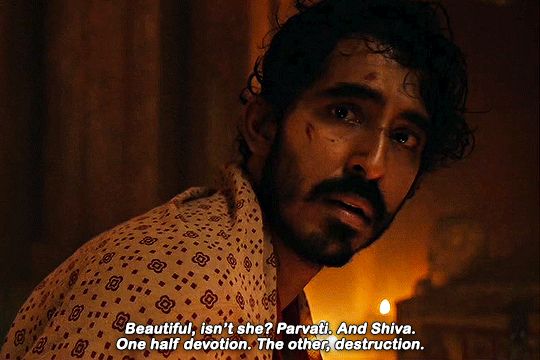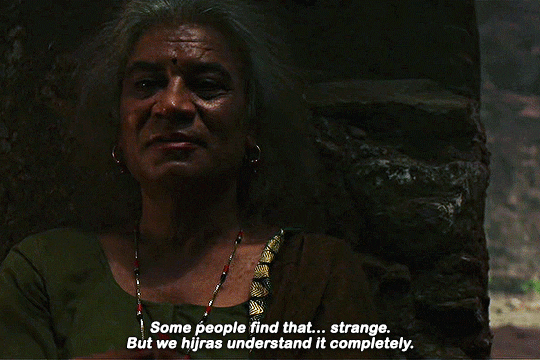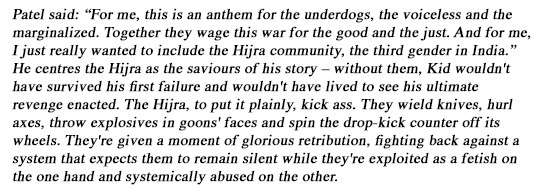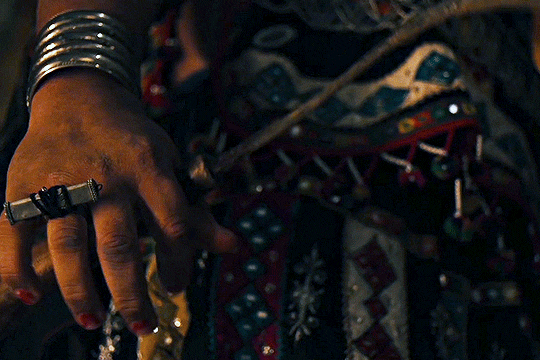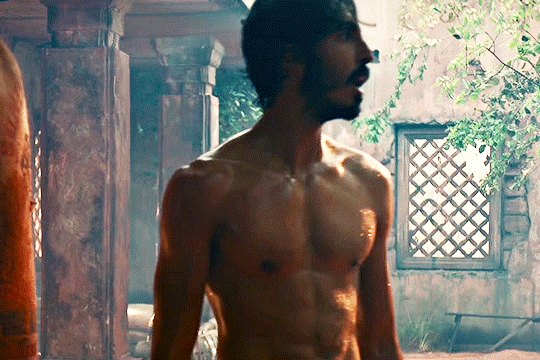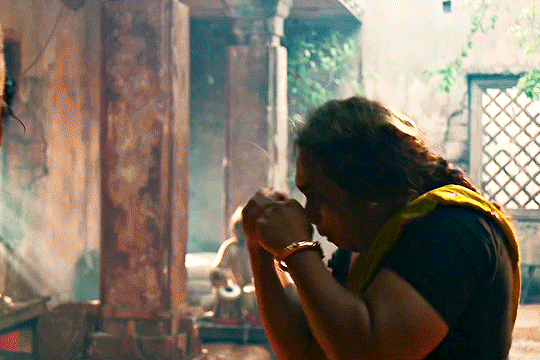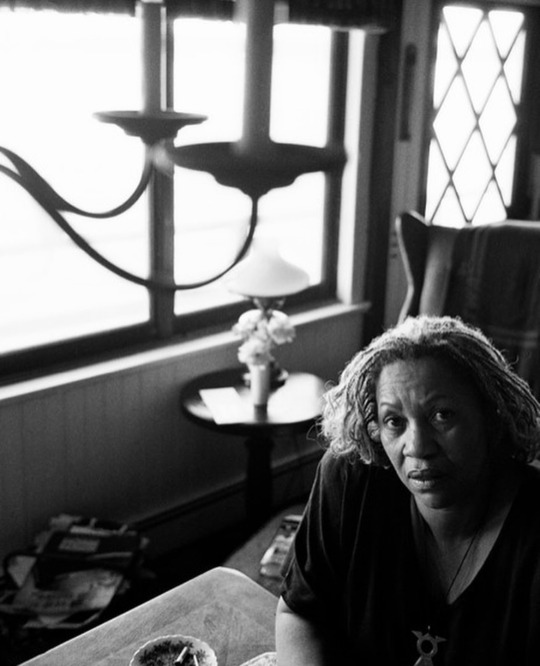Text
“If a society puts half its children into short skirts and warns them not to move in ways that reveal their panties, while putting the other half into jeans and overalls and encouraging them to climb trees, play ball, and participate in other vigorous outdoor games; if later, during adolescence, the children who have been wearing trousers are urged to “eat like growing boys,” while the children in skirts are warned to watch their weight and not get fat; if the half in jeans runs around in sneakers or boots, while the half in skirts totters about on spike heels, then these two groups of people will be biologically as well as socially different. Their muscles will be different, as will their reflexes, posture, arms, legs and feet, hand-eye coordination, and so on. Similarly, people who spend eight hours a day in an office working at a typewriter or a visual display terminal will be biologically different from those who work on construction jobs. There is no way to sort the biological and social components that produce these differences. We cannot sort nature from nurture when we confront group differences in societies in which people from different races, classes, and sexes do not have equal access to resources and power, and therefore live in different environments. Sex-typed generalizations, such as that men are heavier, taller, or stronger than women, obscure the diversity among women and among men and the extensive overlaps between them… Most women and men fall within the same range of heights, weights, and strengths, three variables that depend a great deal on how we have grown up and live. We all know that first-generation Americans, on average, are taller than their immigrant parents and that men who do physical labor, on average, are stronger than male college professors. But we forget to look for the obvious reasons for differences when confronted with assertions like ‘Men are stronger than women.’ We should be asking: ‘Which men?’ and ‘What do they do?’ There may be biologically based average differences between women and men, but these are interwoven with a host of social differences from which we cannot disentangle them.”
— Ruth Hubbard, “The Political Nature of ‘Human Nature’“
(via gothhabiba)
Yes.
95K notes
·
View notes
Photo

‘We Shall Return - Women of Palestine’, Ingela Bendt and James Downing, Zed Press, London, 1982.
988 notes
·
View notes
Text
Reblog and put in the tags how often you “clean” your tumblr account, deleting old posts.
158K notes
·
View notes
Text
You have the prettiest eyes…. Look up at me while I cum in your throat
48 notes
·
View notes
Text
site that you can type in the definition of a word and get the word
site for when you can only remember part of a word/its definition
site that gives you words that rhyme with a word
site that gives you synonyms and antonyms
1M notes
·
View notes
Text
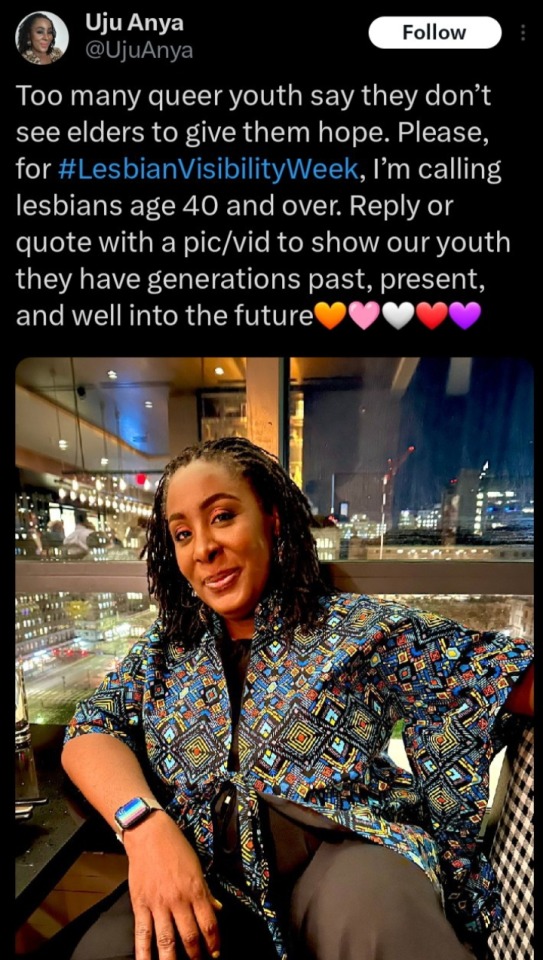
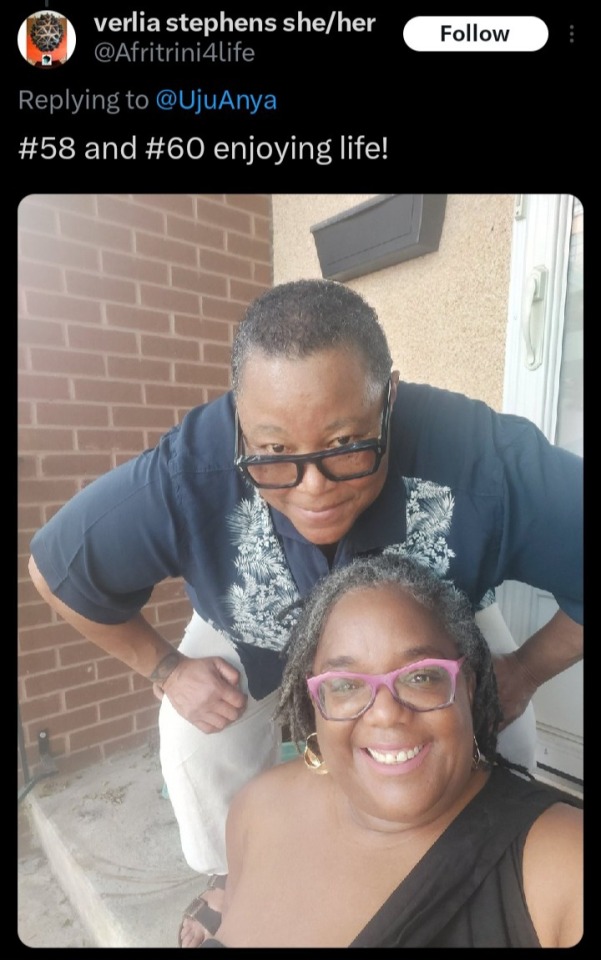
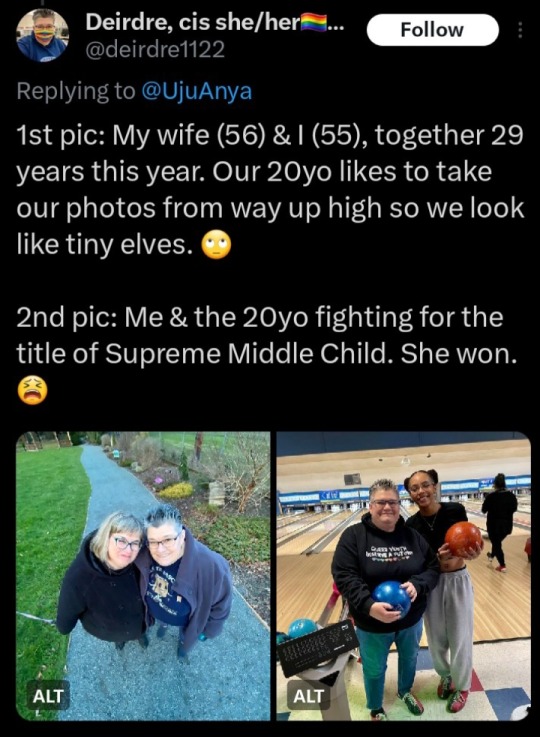

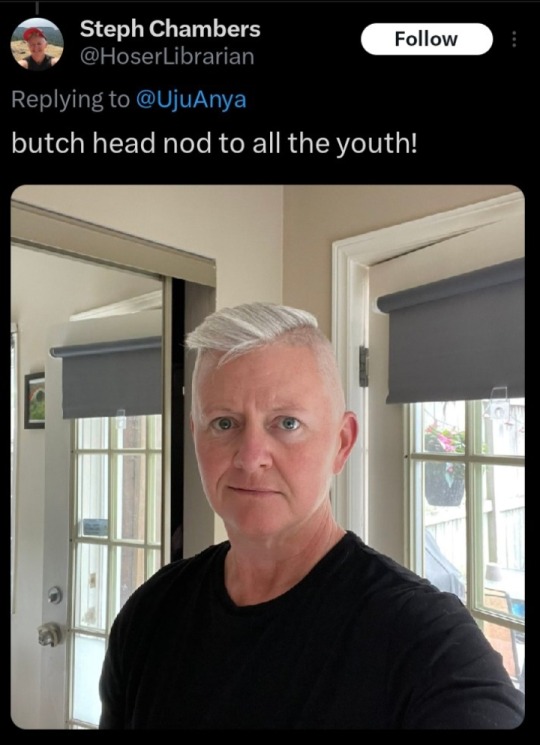


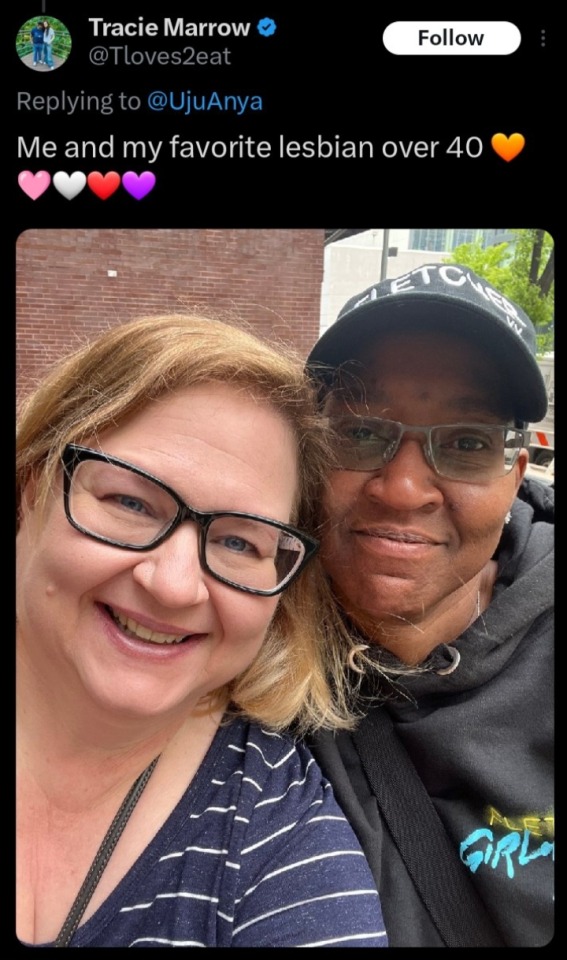

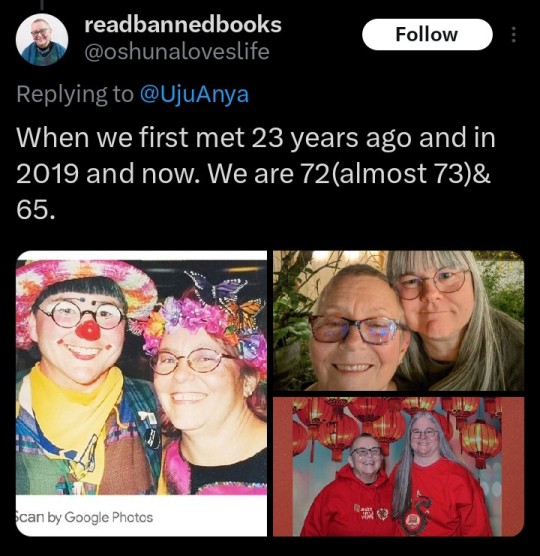

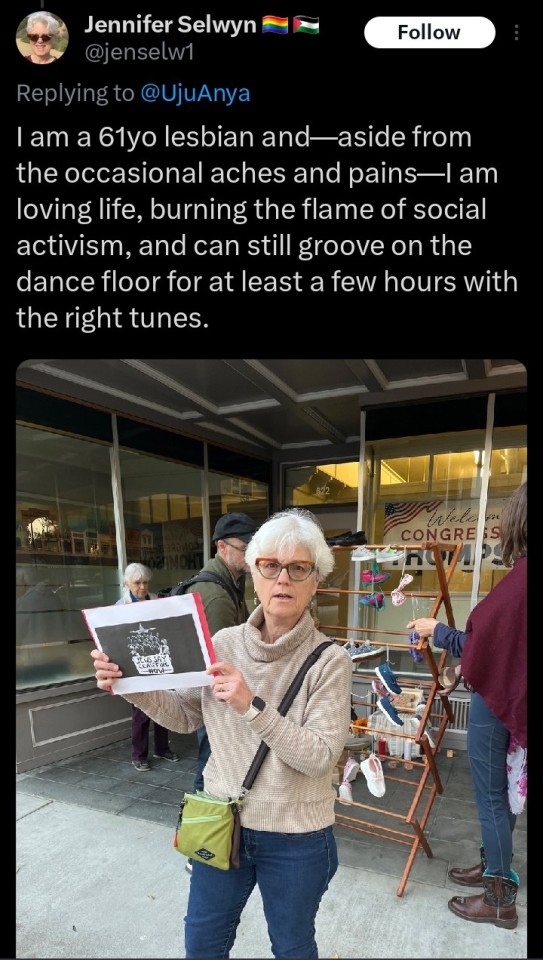



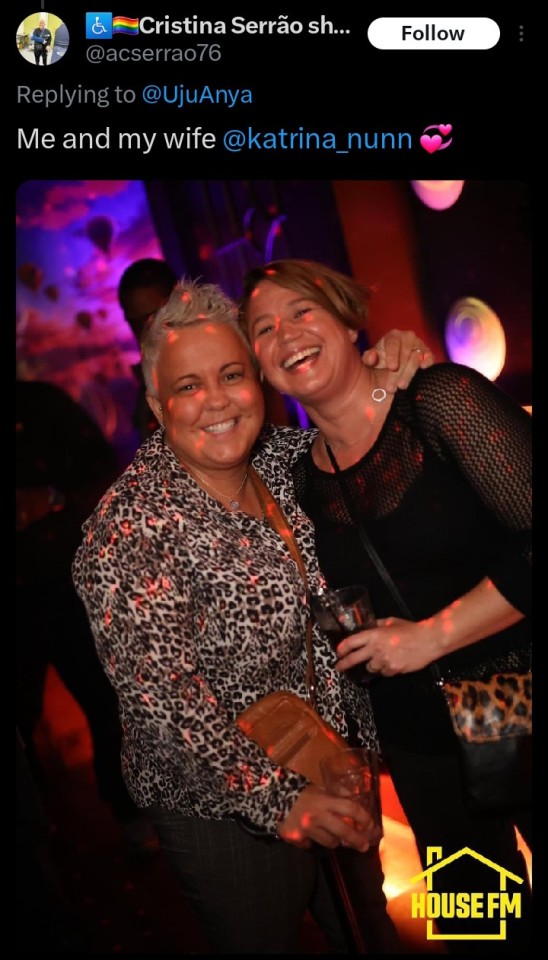

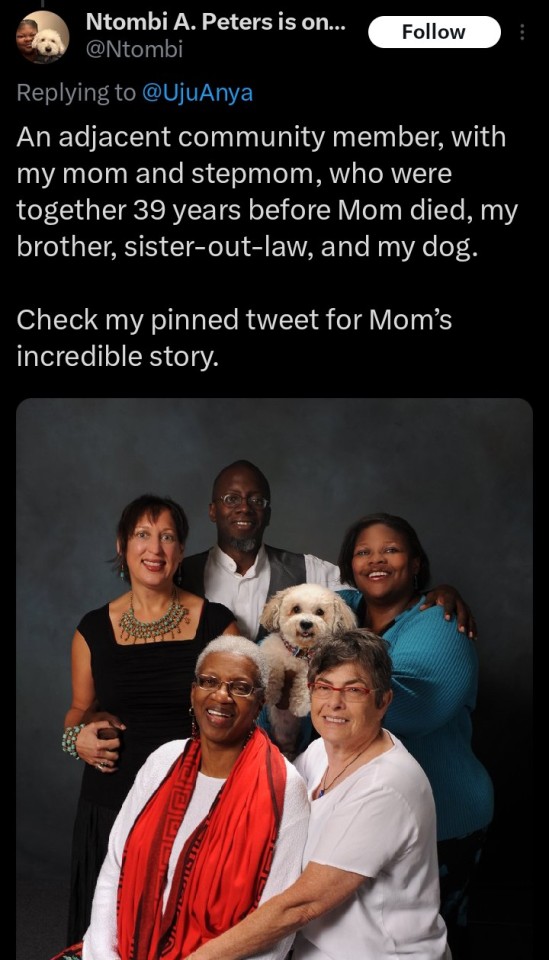

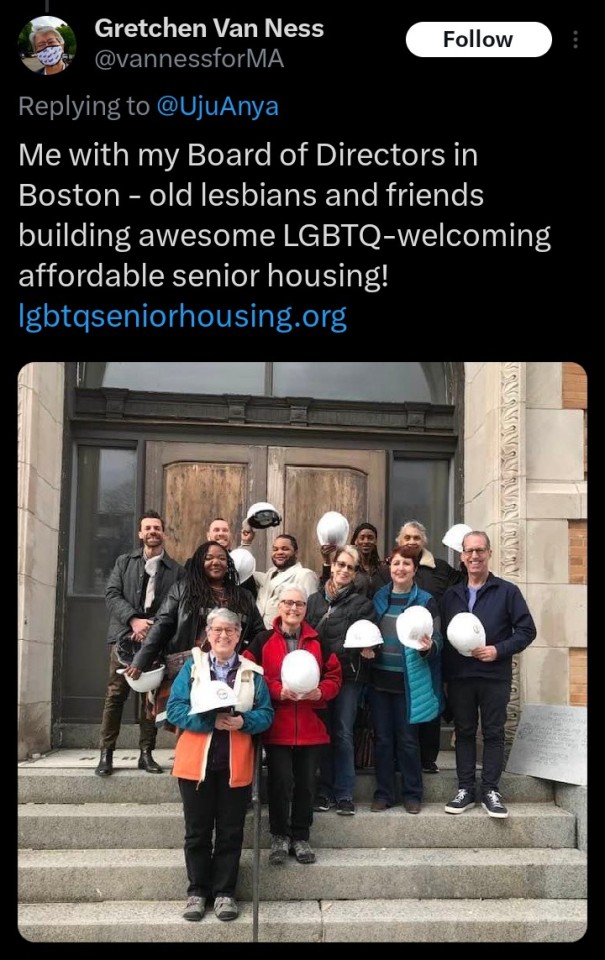
some of my favorite replies to this tweet. happy lesbian visibility week!
40K notes
·
View notes
Text
god i love coming home and being at home and sitting inside my home and staying home
78K notes
·
View notes
Text


Escaped horses, one covered in blood, galloping through the streets of London (2024) photog. Jordan Pettitt
792 notes
·
View notes
Text
Reblog if you’re black tumblr
and yes you have to be black, this isn’t an all access typa club
65K notes
·
View notes
Text
Don't forget it's still free Palestine, Congo, Sudan, Yemen, West Papua, Tigray, Haiti, Burma/Myanmar, Uyghurs, Syria, Kashmir, Cameroon, Armenia and Kurdistan.
Regardless of who you are or where you come from, if you do not feel outrage, anguish, and grief for these innocent lives lost, something is amiss, and you must consider why you lack the drive to take action.
Their fight should be considered our fight, as it is one for human rights.
18K notes
·
View notes
Text
anyway I wanna kiss I wanna make out I want to feel hands all over me for hours
7K notes
·
View notes
Text
lets give it up for pleasures of the flesh !!
21K notes
·
View notes
Text
me after opening tumblr to those spam porn bots posts when all i wanted to do was read a silly ass fanfic:

7K notes
·
View notes
Text
me (on my knees) (between yours): am i your favourite mutual? be honest
4K notes
·
View notes
Text
How to write good dialogue
Almost every story needs dialogue - obvious right? Well, this post is about the not-so-obvious sides of conversations. I've struggled a LOT with snappy and realistic speech, so I've made it my mission to collect some handy directives. Here is what I found:
Contents
Information Dumps
Setup And Payoff
Characterization Through Dialogue
Three Simple Questions
Four-Sides Model
Depth
About Answers
Sources And Credits
⮮ Let's go! (^▽^) ⮯
Information Dumps
Everybody knows them, everybody hates reading them. But how do we avoid them? Something really clicked for me when I understood context. If your character talks about something that happened in the past, they don't need to explain what happened. They were there. Here's an example:
"It would be nice if we at least got a B for that paper. Since I will go to college next year, I feel that this is important to me."
The speaker and the listener should be aware of the exposition (regarding their last year at high school). During dialogue, these conditions go without saying.
Setup And Payoff
Instead of dumping everything at once, let the reader guess what's happening. This is done by mentioning something that is not answered right away. Also dropping hints can increase tension.
Scene 1
"Why do you always carry that with you?" she asked and pointed at the box cutter.
Her friend eyed her with suspicion. "For cutting."
"Yeah, but why?"
"Might come in handy sometime."
Scene 2
An ice cold shiver ran down her spine as her fingers felt around the bag, searching for the familiar shape. There was nothing. The other tossed the thing onto the floor between them.
"Care to elaborate?"
She couldn't have known. "How could you!"
Someone definitely has a secret here that they don't want uncovered. It makes the reader speculate: Does she carry the knife to defend herself or does she plan on hurting someone with it?
Characterization Through Dialogue
The general rule of thumb is: Show not tell. If a character is shy, self-absorbed or chaotic, make them act like it. Also, readers take part in the characterization of your protagonists. Make them guess why a character acts a certain way.
"C- can I have your pen?" She twirled her thumbs and looked at the ground.
"What the hell, no!" Disgusted, he brushed off his hands on the front of his jeans. "I'mma better disinfect that."
Notice how the girl is stuttering and the boy has a loose tongue. Mannerisms help identifying traits in a character. Everyone has a distinct way to speak (e.g. relaxed, polite, malignly) which makes it easier to tell them apart. Sometimes there is a difference between speech and behavior. This can be quite useful to highlight conflict inside a character.
Three Simple Questions
Who wants what from who?
Why now?
What happens if they don't get it?
These questions ensure plot consistency. For question 3 the only other outcome is conflict. Conversations thrive off of conflict and it is of benefit to have a supplicant and potential provider for a solution. It's basically intention versus obstacle.
1. She wants to be his wife. He doesn't want a marriage.
2. She is pregnant.
3. She needs to provide for a baby all on her own.
Tadaa, a conflict ensues.
Four-Sides Model
The four-sides model is a theory on communication. It assumes that a message has four distinct ways of being conveyed:
Facts -> data, facts, truth and relevance
Self-Disclosure -> explicit and implicit information about the own mindset; likes, dislikes, opinions
Relationship -> information about whether the person is liked or detested; approval and disapproval; "I assume you have [this] opinion of me"; body language
Want -> a direct attempt to influence the behavior of another person; advice, desire or instruction
Since this is highly technical stuff, I'll provide you with an example:
Customer: "I always drink my coffee black."
1. Fact: The coffee I drink is black.
2. Self-Disclosure: I like black coffee.
3. Relationship (POV of the waiter): Did I do something wrong? OR It's their fault! They ordered the wrong thing!
4. Want: Bring me black coffee.
Controlling the message through sender and receiver gives a new level of influence to an author. The relationship-level is the bottleneck in a conversation that holds the most potential for misunderstandings. I'm trying to be aware of it when I write subtext (see below).
Depth
On the nose dialogue is what we want to avoid at all costs. For this reason subtext is created in stories. Read this:
Scene 1
A: "I like you."
B: "Nah, I don't like you back. You're so annoying."
A: "Ouch, that hurts. I'm not sure if I heard that right."
B: "We were never friends. Go away."
This is not how conversations work. Thankfully, dialogue like this is not entirely useless. It conveys what the characters really want to say. The challenge is to think of a way to not say the thing but keep a similar meaning.
The true meaning behind the dialogue is called subtext (scene 1). If I don't know how to continue after a certain line, I write down the subtext first before I decide on how to paraphrase it.
Finally, I add a fitting description of expression and body language if needed. I try to keep it short and simple.
Check this out:
Scene 2
She tucked her hair behind her ear. "I need a ride home later. Are you free?"
-> I like you.
"Sorry, all seats' re taken," he said without looking at her.
-> Nah, I don't like you back. You're so annoying.
"Uhm, okay. But I'm small. You could fit me in the footwell, honestly."
-> Ouch, that hurts. I'm not sure if I heard that right.
He leaned forward as if he had the urge to stand. "Ha, funny. But no, I'm not planning on doing something illegal tonight."
-> We were never friends. Go away.
A character's action depends on their own intention and the other's response. I feel it is easier to keep track of what's happening behind the curtains when it's written alongside the dialogue.
Simultaneously, you can keep habits and traits in check. Does the the character apply all criticism to themselves? Are they disregarding or constantly marginalizing others? Do they worry only for themselves or solely for others? Subtext truly is the most powerful tool in conversation-writing.
About Answers
Did you know that you don't have to answer every single question? In fact, there are two other ways to show an emotion without telling it.
The first one is called sidestepping. The character ignores the posed question and carries on with an entirely different topic.
A: "Do you still love me?"
B: "We should get going."
It's very obvious, right? By sidestepping the question, we can assume that the character is uncomfortable or angry with the other person.
The other way to answer is actually a bit paradoxical. Through silence, a great variety of emotions can be displayed. It is recommended to refrain from actually describing silence with words like "he remained silent", "he refused to say anything", "he never responded".
- The laptop hummed.
- The birds chirped in the trees.
- She felt her legs going numb from sitting in an uncomfortable position.
- His eyes wandered around, searching the parking lot for a familiar face.
It feels more natural to explain the things that grab our attention when we sit in silence.
This is it, folks. That's all I could find on the topic - for now. If there's anything missing, I'd love to hear it.
‧͙⁺˚*・༓☾ Anyway, thanks for reading, I hope this helped ☽༓・*˚⁺‧͙
My sources are this and this video as well as this article.
Also a big thank you to @zoropookie for helping me with the colors ⸜(。˃ ᵕ ˂ )⸝♡
70 notes
·
View notes
